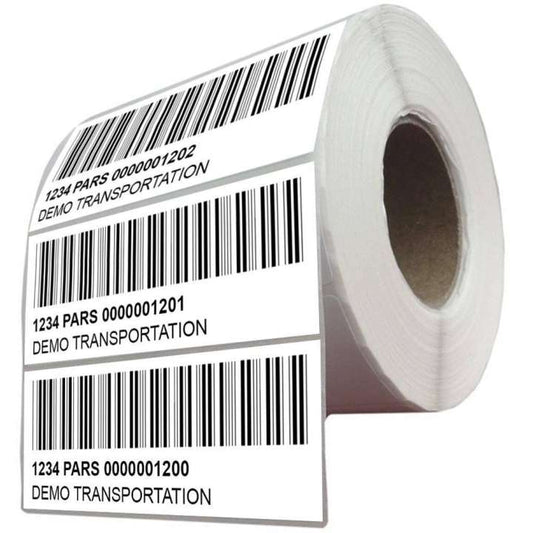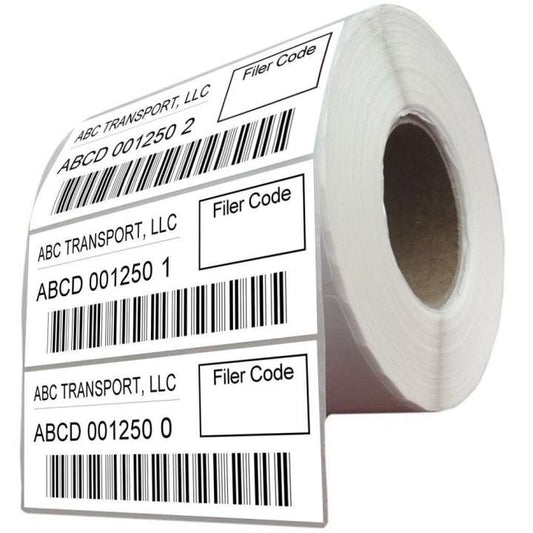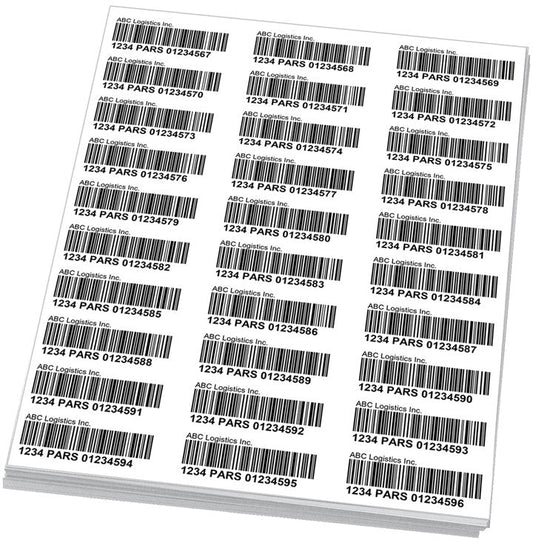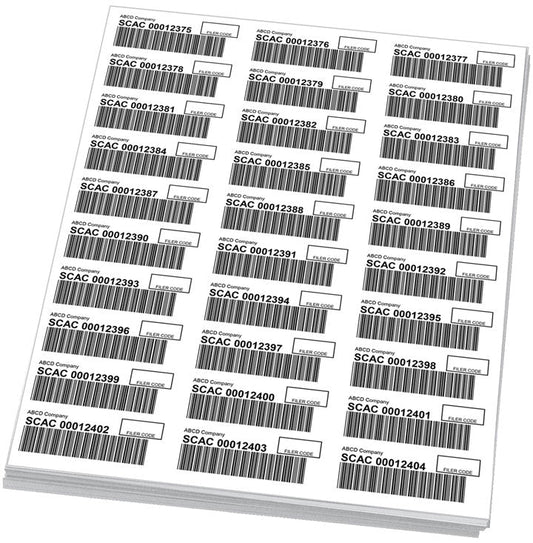Crossing international borders with commercial shipments can be a complex and time-consuming process. However, if you're looking for a way to streamline your trade operations while minimizing delays and costs, in-transit shipments may be the solution you've been searching for. In this blog post, we'll explore when and how to use in-transit shipments when crossing through Canada or the United States, helping you navigate the intricacies of cross-border trade effectively.
Understanding In-Transit Shipments
In-transit shipments refer to goods that pass through one country's territory en route to another country without undergoing customs clearance in the intermediate country. In other words, these shipments remain under customs control during their transit, allowing for faster border crossings and reduced administrative burdens.
When to Use In-Transit Shipments
-
Continuous Movement: In-transit shipments are ideal for goods that need to move seamlessly from one country to another without unnecessary delays. This is particularly beneficial for businesses dealing with time-sensitive products or perishable goods.
-
Cost Efficiency: By avoiding customs clearance and associated fees in the intermediate country, you can significantly reduce your operational costs. This makes in-transit shipments an attractive option for cost-conscious businesses.
-
Minimizing Compliance Risks: In-transit shipments can help you reduce the risk of compliance issues and customs complications, as the goods are not technically imported into the intermediate country. This simplifies the regulatory landscape, making it easier to meet international trade requirements.
How to Use In-Transit Shipments
-
Choose the Right Mode of Transportation: In-transit shipments can be moved by various modes of transportation, such as road, rail, air, or sea. Select the mode that best suits your cargo's size, weight, and destination. Ensure your chosen carrier is experienced in handling in-transit shipments.
-
Prepare Accurate Documentation: Accurate and complete documentation is crucial for successful in-transit shipments. This includes bills of lading, commercial invoices, certificates of origin, and any other required permits or certificates. Work closely with customs brokers and freight forwarders to ensure compliance.
-
Utilize Bonded Warehouses: Bonded warehouses play a crucial role in the in-transit process. Goods can be stored in these facilities without being subjected to customs duties or taxes until they leave the country. This allows for consolidation, deconsolidation, and reconfiguration of shipments.
-
Work with Trusted Partners: Partner with experienced customs brokers, freight forwarders, and carriers who have a thorough understanding of in-transit regulations. They can guide you through the process, ensure compliance, and help avoid potential pitfalls.
-
Stay Informed About Regulatory Changes: International trade regulations are subject to change. It's essential to stay up-to-date with customs and trade regulations in both the origin and destination countries to avoid compliance issues.
In-transit shipments offer a strategic advantage to businesses engaged in cross-border trade, particularly when crossing through Canada or the United States. By choosing this method wisely and following best practices, you can expedite the movement of your goods, reduce costs, and minimize compliance risks.
While in-transit shipments may not be suitable for all trade scenarios, they provide a valuable tool for businesses looking to enhance their cross-border logistics. By staying informed and working with knowledgeable partners, you can take full advantage of this efficient and cost-effective approach to international trade.








